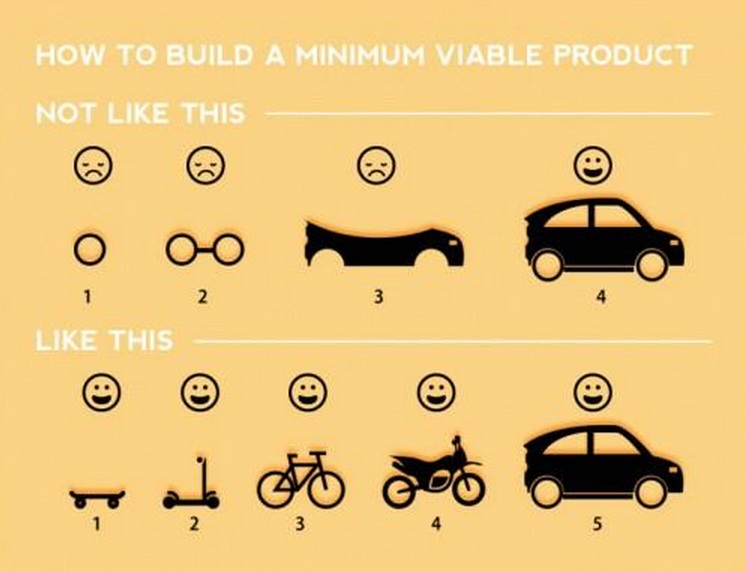As an entrepreneur, you are probably aware of the buzzword called MVP. Maybe you understand it to some extent. But do you REALLY understand it well enough to build it? Let’s see if I can help you garner that understanding.
MVP, as you might already know, stands for Minimum Viable Product. Now, you might have this belief that you must take all the features you have thought of to the market at once. You want to make a big impact and for the same you want each one of those features in there. I am inclined to agree with you but I have learnt that it doesn’t work like that.
Let’s say you have a set of features that are at the core of your product. This core defines your product. This is how you set yourself apart from the competition. Or this core helps you create a new market altogether. The MVP revolves around this core. It encompasses those features that you absolutely must take to market lest your product would be non-functional.
It is with this MVP that you make your first launch. Relax. I am not talking about launching a half baked, incomplete product. I am talking about having just enough features that makes your product identifiable. At this moment, you are looking for feedback from the market. You are looking at early adopters to test your product and provide you insights into what they like, what they don’t, and more importantly, what they want in addition to the MVP. This last bit helps you identify those features that would make it to your next release. Maybe you had a different feature set in mind but is that something the market is seeking. Would those features help you gather more customers? Maybe or maybe not. But the key to answering that question is your MVP.
Structure your product features in a way that you can build your product iteratively (adding more layers to existing features) and incrementally (adding new features altogether). All along the way, you keep testing the market and have your ear to the ground trying to listen to what the people are needing. You let them PULL features into your product and not PUSH fears onto them. This is the essence of Lean from which the concept of MVP stems.
Always look at your product with a beady eye and scalpel in hand ready to cut out the fat and trim it to what you can do with. Let the market test it out and let you know where it is thinner than it should be and where it can be cut further. In order to streamline your product development while achieving the maximum, you need to focus on the minimum.




